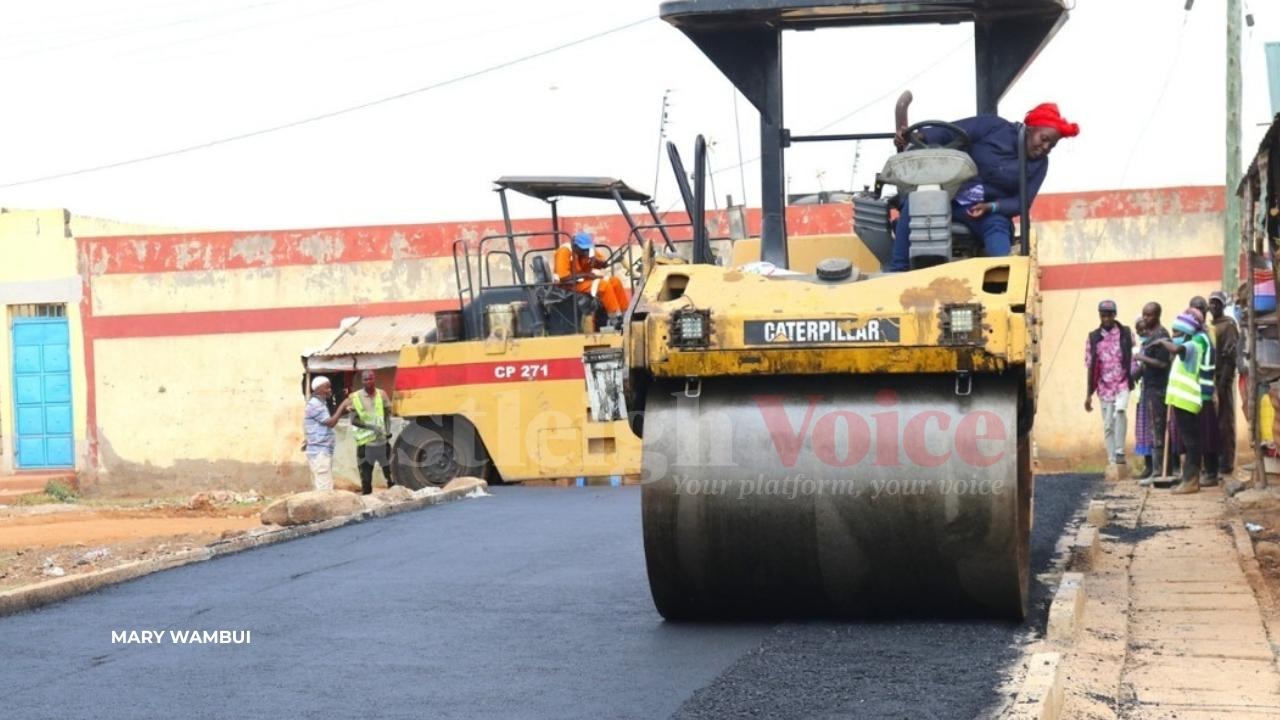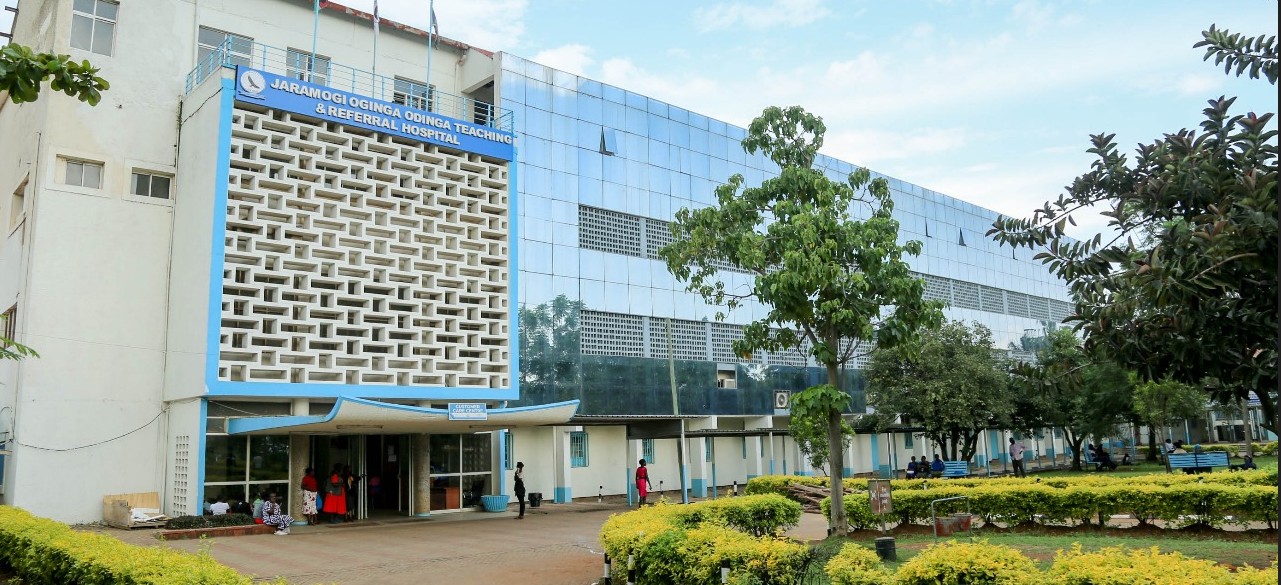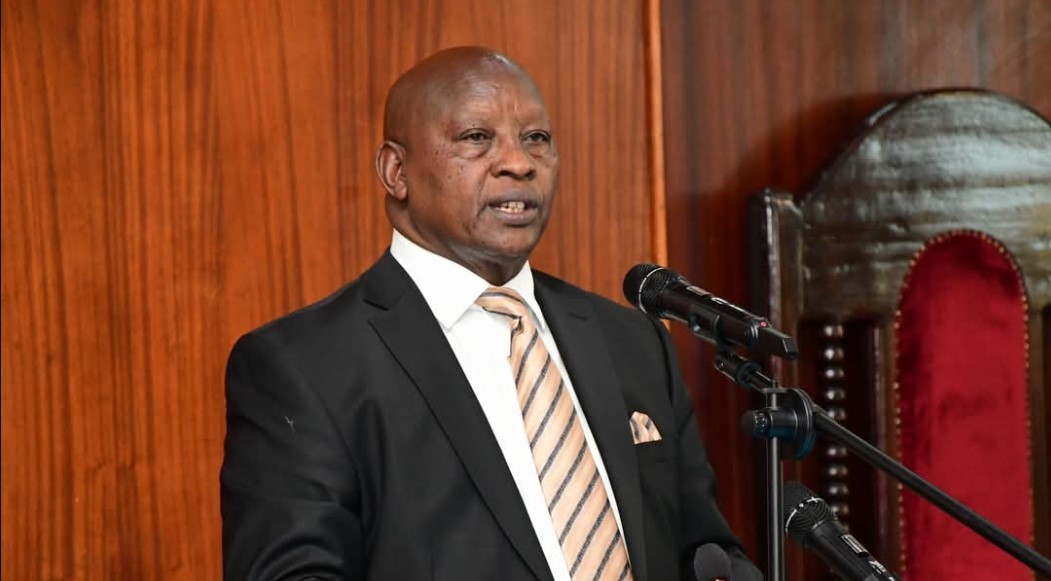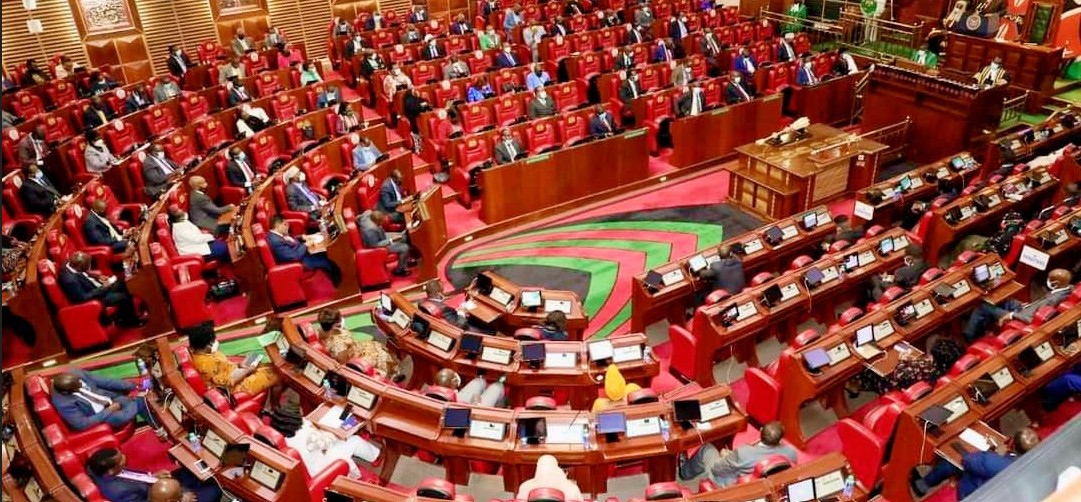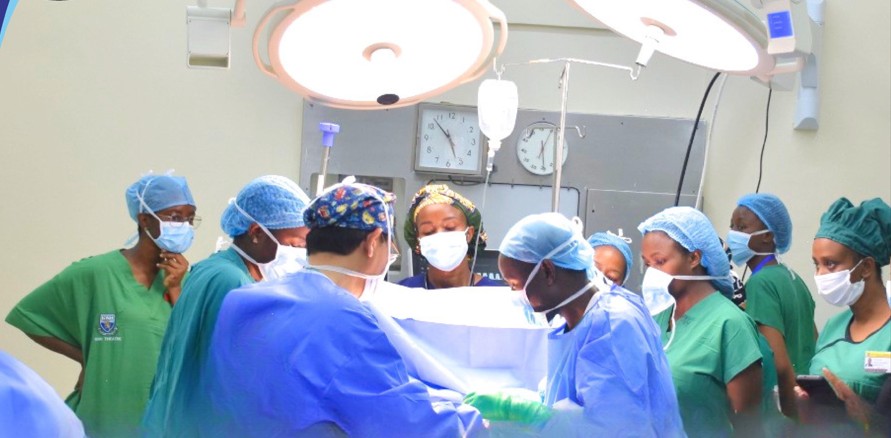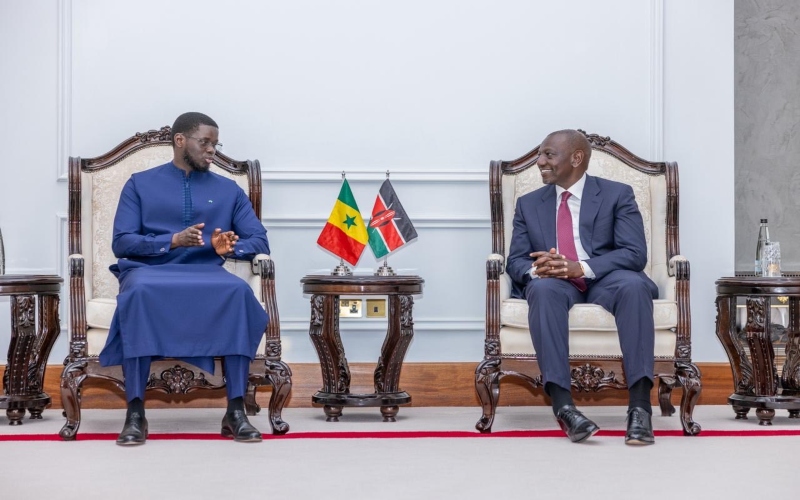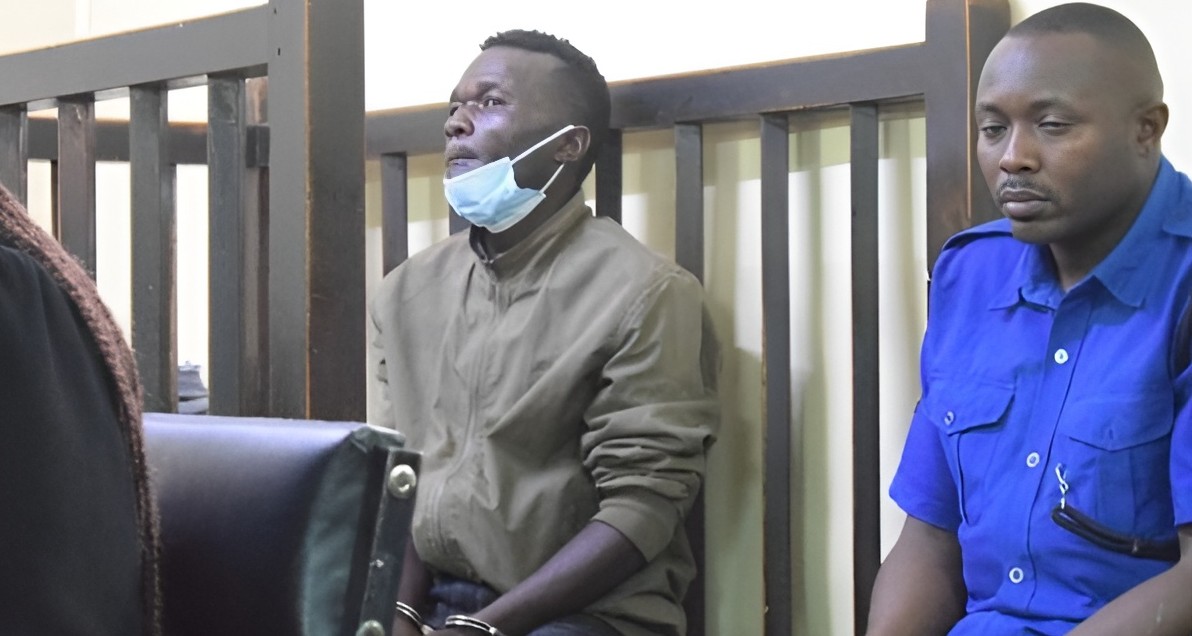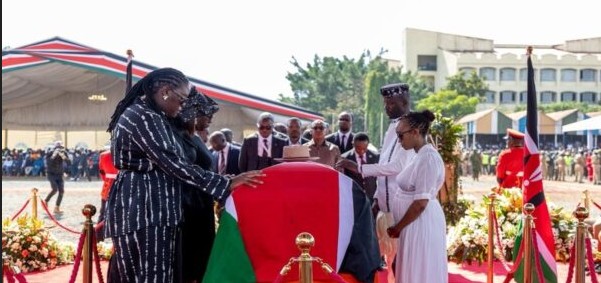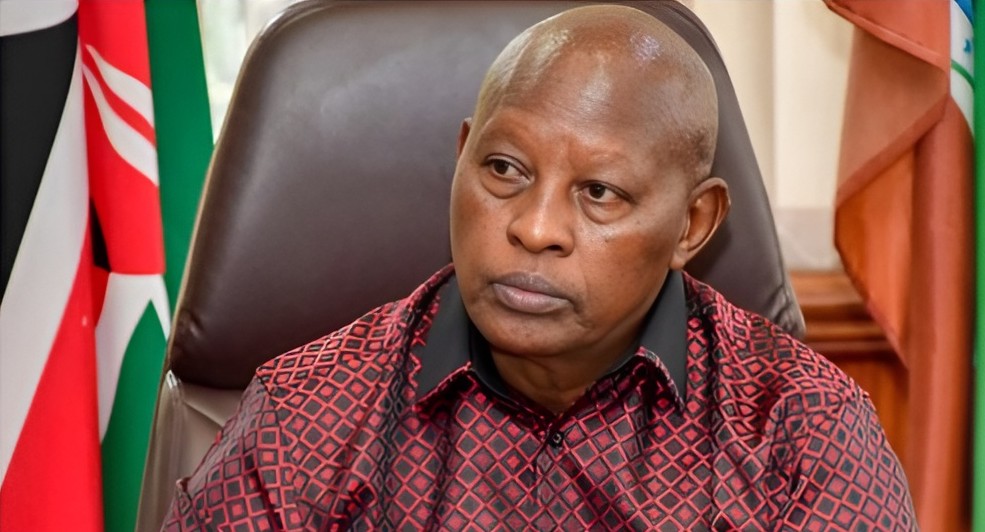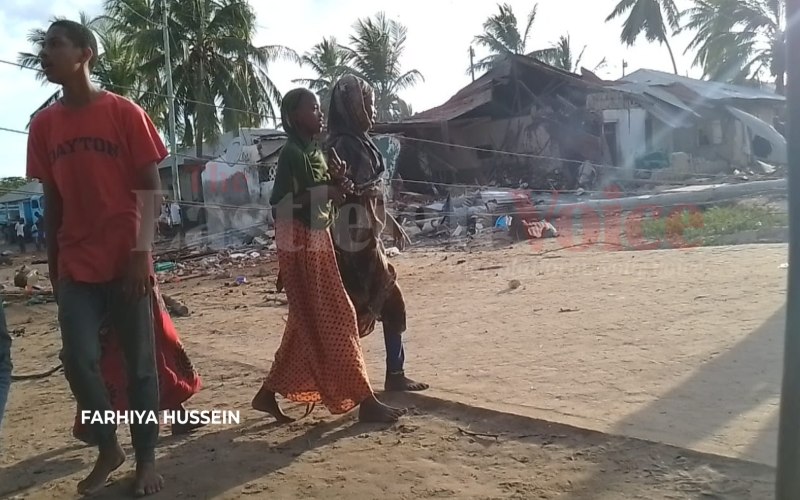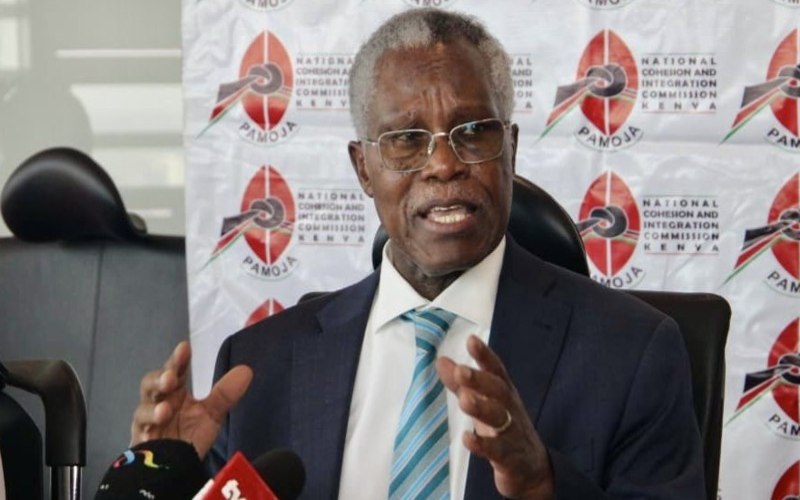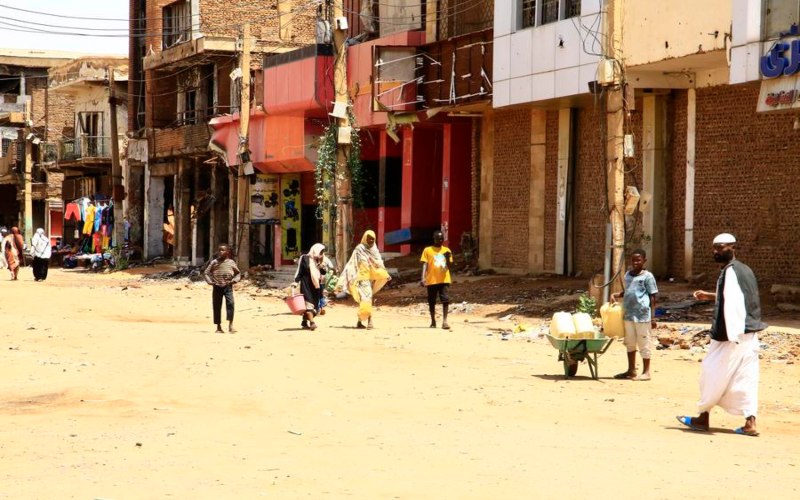[HOLD] Story to be reangled
Al-Shabaab fighters attacked a Somali military base handed over by Kenyan forces in May 2023 as part of an African Union troop drawdown.
Somalia regional officials said the base in Geriley village in the Gedo region, about 12 kilometres from the Kenya border, was captured by militants.
More To Read
- Egypt inches closer to troop deployment in Somalia amid regional tension
- Can the AU prevent coups like Madagascar's?
- AU sends high-level delegation to Madagascar after military coup ousts President Rajoelina
- African Union rejects any unconstitutional change of government in Madagascar
- Somali Army warns against misuse of uniforms following Al-Shabaab attack
- AU warns of unprecedented security threats, urges urgent global action to stabilise Africa
In late May of the same year, at least 54 Ugandan soldiers were killed in a sophisticated attack carried out by Al-Shabaab on an African Union base in Bulo-mareer town of Somalia’s Lower Shabeelle region.
Bulo-mareer used to be a major route and logistics hub for Al-Shabaab before its militants were pushed out of the town in 2014, after stiff resistance. The town provided a steady income to the group – it taxed residents and extorted from travellers.
Africa Union troops with the support of Somali Security Forces subsequently liberated neighbouring Barawe and Kurtunwaarey towns which hosted Al-ShabAab fighters driven out of Mogadishu in 2011, creating enough stability for government and federal agencies to take shape, and elections to be held.
Following their ouster from the capital and other major towns, Al-Shabaab subsequently adopted more asymmetric military tactics against AU and Somali forces, relying heavily on suicide bombers, commando raids, hit-and-run ambushes, and assassinations.
In central and southern Somalia, close to 3,500 peacekeepers have died since 2007, about 500 of them while manning their defence positions at various Forward Operating Bases (FOBs).
This makes the AU Transitional Mission in Somalia (ATMIS) which replaced AMISOM last year one of the deadliest and most expensive modern peacekeeping operations.
More people were killed in pursuit of peace and stability in the country than anywhere else in the world.
Statistically, such attacks outside Somalia are a very rare type of event in modern peace and counterinsurgency operations.
Mohamed Ibrahim Moalimuu, a journalist turned legislator serving in the House of the People, said the country is grappling with a myriad of socio-economic challenges brought about by the long protracted civil war.
“With more financial muscle than the government, the group has used its resources to fund militant activities across many parts of the country,” said the lawmaker.
Moalimu, a former spokesperson of the federal government, said unemployment and lack of opportunities among young people led to increased radicalization and constant abduction of children recruited as fighters.
Between 2015 and 2023, the militant group launched attacks against seven military bases, in the same manner and design aiming to overrun the military bases. AU forces in Somalia have either stopped or foiled some of the assaults.
The militants attacked; Leego (June 26, 2015), Janaale (September 1, 2015), El Adde (January 15, 2016), Halgan (June 9, 2016), Kulbiyow (January 27, 2017), El-Baraf (May 3, 2022) and Bulo Marer on May 26, 2023, using similar tactics.
Other Topics To Read
“This is because they are easy to adapt when they are not under direct fire. They also get instant reinforcement to activate terror cells,” said Ibrahim.
The pre-dawn attacks usually start with the detonation of Vehicle Improvised Explosive Devices (VBIED) followed by gunmen targeting troops.
Samira Gaid, a regional security analyst, notes that Al-Shabaab has adapted in the period from 2014 to 2015 when security experts recorded almost regular attacks on AMISOM FOBs at the time.
“This was a new trend, as a result of an overextended AMISOM, electoral priorities and the status of the Somali Security forces then that were being developed,” Gaid said.
She attributed the return of recent attacks targeting FOBs to the reorganisation and reconfiguration of the mission which reduced the number of soldiers serving the operation.
“An ongoing war against Al-Shabaab and a drawdown of international forces create tensions and loopholes such as this.”
Transition plan
The Special Representative of the Chairperson of the African Union Commission (SRCC) for Somalia and head of ATMIS, Ambassador Mohamed El-Amine Souef said plans have been finalised to commence the drawdown of 2,000 troops by the end of June in line with the Somali Transition plan.
The transition plan determines the security transition priorities of Somalia in effectively leading the country on a path of transition and sustainable peace, enabling the delivery of basic services to the population.
The strategic locally owned and led process aims to foster the resilience of Somali institutions in restoring the Somali people’s trust in the state.
Amb. Souef expressed confidence that the sufficient forces generated by the government were capable of taking over security responsibilities once ATMIS troops leave.
The AU peace Mission is expected to fully exit Somalia by December 31, 2024. According to experts, the phased handover will be conditional on the situation on the ground.
“I have full confidence in the capabilities of the Somali Forces,” said the head of the AU mission to Somalia while pledging to work with partners to stabilise the country.
Somali security forces have over the last year shown a growing ability to conduct military operations against the militants.
Gaid said the “offensives in central Somalia are taking a lot of attention and focus from the Somali Security Forces.”
Paul Williams, a security expert and professor at Elliott School of International Affairs, said major attacks on AU bases keep happening because Al-Shabaab has developed a set of tactics that work very effectively and still has the incentive to steal AU equipment and kill troops to boost their propaganda.
“Sadly, eight years after al-Shabaab first overran an AU base, the peacekeepers have not fundamentally restructured their forces to prevent such attacks."
As fears mount on the possible trade, proliferation and stockpiling of looted weapons from troop-contributing countries ending up elsewhere, analysts believe it poses less threat to international peace and security.
According to Gaid, what bleeds away are usually small and light weapons, and ammunition that are available through other markets.
“Most of these weapons are used in the fight against Somali security forces and ATMIS in Somalia. Some are destroyed almost immediately in drone strikes immediately after the FOB’s attacks,” Gaid said.
Across the six sectors that are the Security responsibility of AU forces, by April 2015, AMISOM operated 64 bases, by March 2016 the figure was 68, by January 2017 it had risen to 87 before reducing the number to 80 as of September 2018.
According to research conducted by Professor Paul Williams ATMIS at the moment operates 70 FOBs, in its “clear-hold-protect-build” approach to counter the insurgency war, emphasising on taking control of territory, especially urban settlements, formerly held by al-Shabaab.
President Hassan Sheikh in a message during the first anniversary of the ATMIS mission in April thanked courageous Troop Contributing Countries and African allies for their sacrifice and support in the shared mission to combat terrorism.
Top Stories Today
